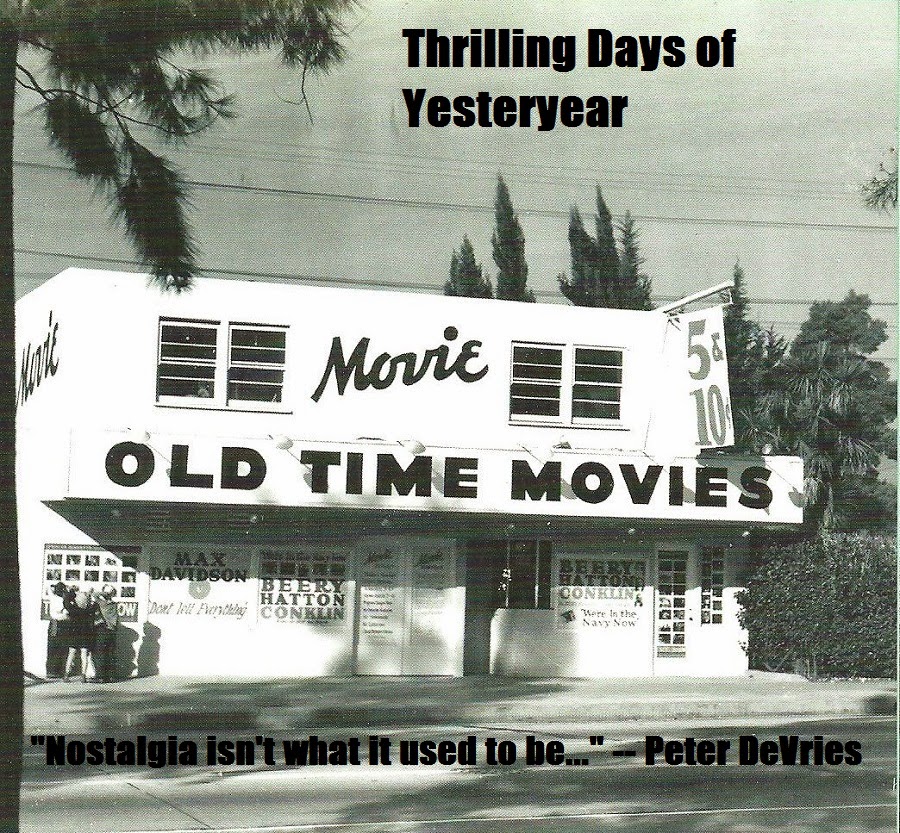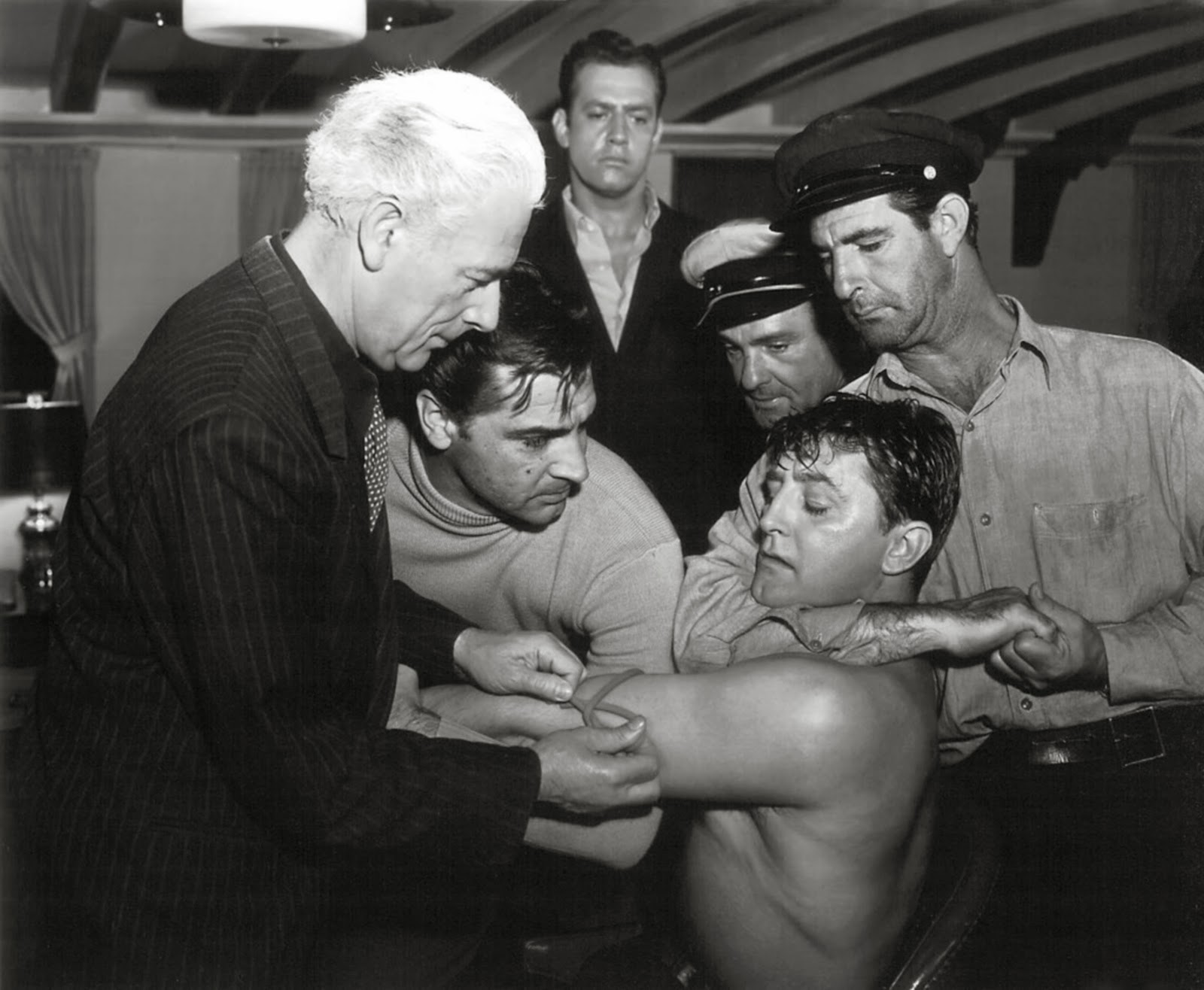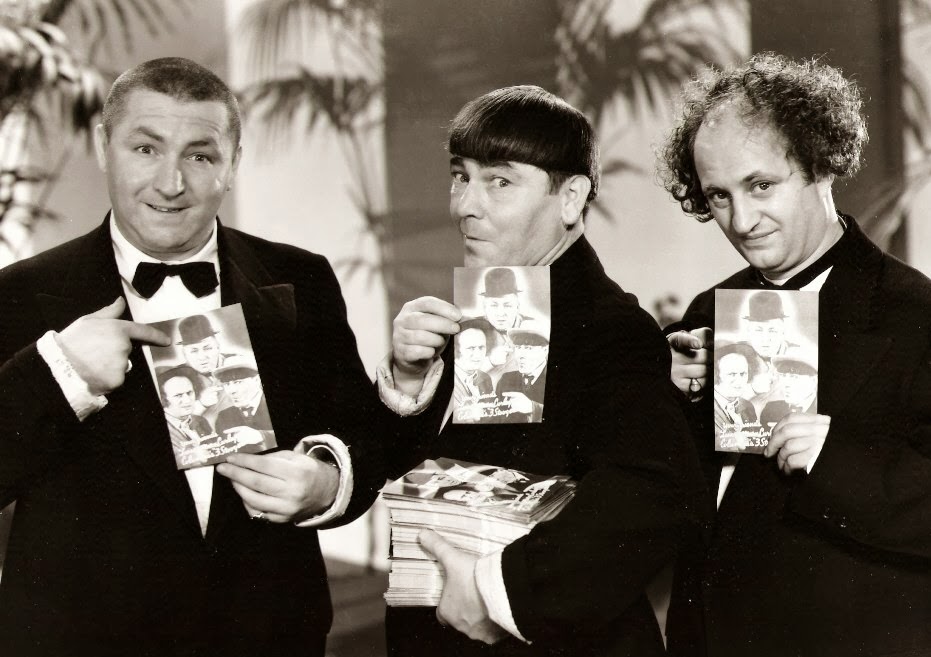Honest to my grandma, I have been trying to find a spare hour or two in the day to return to these Thrilling Days of Yesteryear…but it seems like once I gather up my notes and start the ball rolling for a post I’m distracted with other projects competing for my attention. (They’re like gentleman callers with candy and chocolates…rah-ly they are.) I had to bow out of a scheduled CMBA function in order to get my blogathon entry done yesterday, and it looks like I’m going to putting out so many fires this week that a “Coming Distractions” for November before November will be out of the question.
This morning at
the Radio Spirits blog, we break out the party hats and streamers to honor
the 118th natal anniversary of veteran radio character actor Herbert
Butterfield, whom you OTR aficionados know from The Halls of Ivy (as
pain-in-the-tuchus Clarence Wellman), Dangerous Assignment (as “The
Commissioner”) and the Lawrence Dobkin years of The Adventures of Ellery Queen
(Herb was Ellery’s pop, Inspector Queen).
The photo at the beginning of this post was one that I was going to go
with if I couldn’t find a better picture of Butterfield—fortunately, Karen at
Radio Spirits came through in the clutch as always—it’s from 1954’s Shield for Murder, a noir potboiler
starring (and co-directed by) Edward O’Brien.
Herb plays a police reporter in that one, and while I remember reviewing
it on the blog a few years back it wasn’t until I put it on again last
night that I could see why “the sweatiest man in noir” didn’t do more turns behind
the camera…
 …yes, it’s our old pal Mr. Boom Mike—big as day and
obnoxious as all-get-out. Still, Shield’s an entertaining little moon
pitcher that also features John Agar (as O’Brien’s protégé) and Emile Meyer;
not to mention other familiar faces like Claude Akins, Carolyn Jones, Richard
Deacon, William Schallert, Vito Scotti and Stafford “Officer O’Hara” Repp in
his movie debut.
…yes, it’s our old pal Mr. Boom Mike—big as day and
obnoxious as all-get-out. Still, Shield’s an entertaining little moon
pitcher that also features John Agar (as O’Brien’s protégé) and Emile Meyer;
not to mention other familiar faces like Claude Akins, Carolyn Jones, Richard
Deacon, William Schallert, Vito Scotti and Stafford “Officer O’Hara” Repp in
his movie debut.
Also, too: I didn’t get the opportunity to plug this but I
did another piece for RS on the
anniversary of The Fred Allen Show last October 23—and at the all-new
ClassicFlix site, a write-up on an underrated little crime melodrama that you’ll
want to check out for yourselves: Show
Them No Mercy! (1935).







































